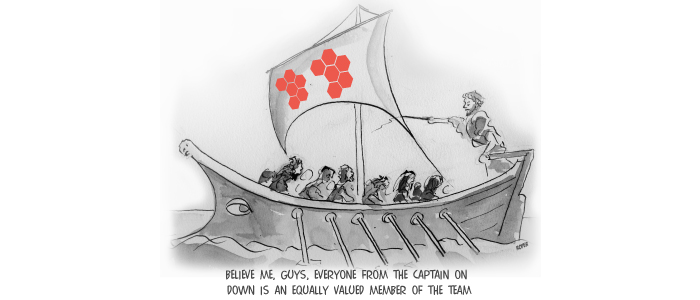One of the the most common questions we are asked by clients and potential clients is how to motivate people. When we explore their reasons for asking, it seems that they see ‘motivating people’ as the answer to issues as diverse as:
- People not doing what they are asked to do
- People giving up too easily
- People needing a lot of attention in their daily work
- People not fitting in with the team
- People who seem to be ‘going through the motions’ – and a host of others.
When we ask what they have been doing to resolve these issues, the answer is very often one of the following:
- Had a fatherly (motherly) chat with them about how they are feeling
- Given them lots of praise and TLC
- Taken them out of the office (down the pub, to the coffee shop etc.) for a heart-to-heart
- Taken the whole team out for a social event or a fun day of some sort
The problem is that all the issues listed above are symptoms of different problems, and need different types of solution. All these attempted solutions are really variations on one, which you might call ‘getting close to them again and finding out what makes them tick’, or social bonding.
Social bonding has its place in work teams, but in our experience very rarely does much to resolve work issues.
The issues outlined in the first list above suggest to us (possibly!):
- Issues 1 & 2: Problems of accountability in the individual or the team. Solution: individual or team coaching.
- Issue 3: Lack of individual confidence or lack of clarity on what they are required to do in their job. Solution: could be individual coaching, if a personal issue, or role clarification, ideally carried out as a team event with you, as team leader, present.
- Issue 4: Unresolved issues between team members or between the team and its leader. Solution: a team development process built around the team’s actual goals and tasks (not quad biking!)
- Issue 5: This issue could be any of the above, or something else entirely. Solution: collect more information and diagnose the root cause of the problem before deciding on a solution.
In fact what we would almost always do is 5 – collect more information. Only then could we even begin to design a solution specifically created to resolve the disease and not just the symptoms.
It takes two things to be able to do this: wide experience of the root cause problems of the types of presenting issues that crop up at work, and a wide and flexible range of possible approaches to solving them. Click here to download our paper on different approaches to resolving a range of people problems that you may encounter at work, or call us for a chat – we’re always happy to talk you through an issue you are facing and suggest an initial approach.
